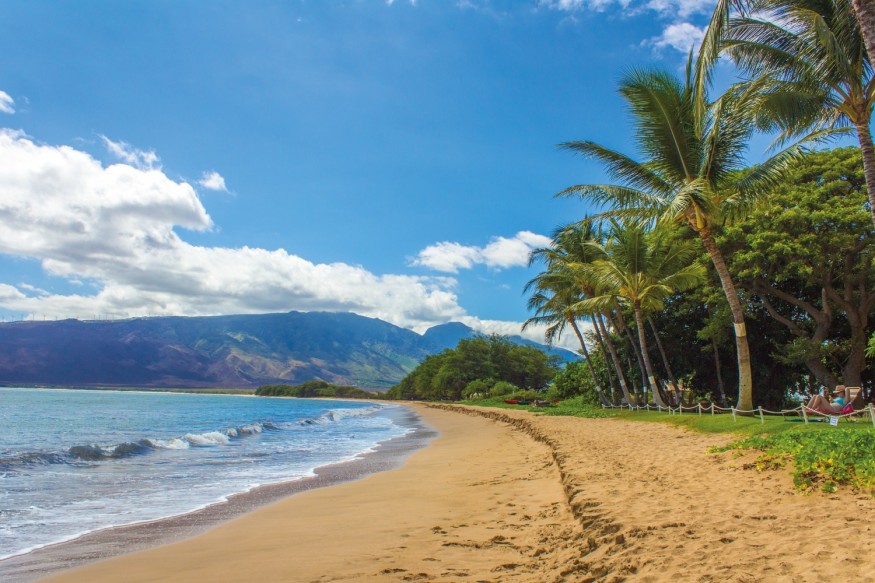
Volcanic islands, just like zits, don't last forever. Some are oldtimers, like the more 20-million-year-old Canary Island. Some have drowned, like a few of the Galapagos Islands in the Pacific. But have you ever wondered why some islands like Hawaii hit the longevity jackpot?
According to a new study published online in the journal Science Advances, the answer has to do with the tectonic-plate speed and the mantle-plume size. The researchers noted these factors work well for Hawaii, which is dealt with under good hands in terms of lifespan.
IT DEPENDS ON ISLAND TIME: RESEARCHERS
Researchers at the Massachusetts Institute of Technology investigated more than ten major volcanic island chains worldwide. They observed the direction and speed the islands' tectonic plates were moving corresponding to the hotspot below. The research team also measured the length of each swell formed when the mantle plume inflates the seafloor around the island, making it shallower than the surrounding seabed.
Researchers then divided the swells' lengths by their plate speed. The results showed the average time a volcanic island spent on top of a plume's swell, which determined how long an island would remain above water.
The team discovered a strong correlation between time spent on top of a swell and time spent above sea level upon comparing the calculations to the actual ages of each island, including drowned ones.
A volcanic island's lifespan, according to the results, depends on its tectonic plate's speed and the size of the plume, or the swell it generated.
Researchers explained that the islands would likely have a short lifespan if an island forms on a fast-moving tectonic plate. An island's lifespan is much longer if there is a large plume, like what the Hawaiian islands have, the researchers added.
Hawaii is lucky in this regard; The islands sit on the fast-moving Pacific plate, but their plume is enormous - one of the most massive plumes on Earth, the researchers said. The tectonic plate took time to slide over it because of the plume's colossal size, ensuring the islands' longevity.
In a statement, study lead researcher Kimberly Huppert said an island's lifespan plays a role in how its plants and animals evolve. "If an island spends a long time above sea level, the island exposes itself for speciation for a long time," the former MIT graduate student of geology explained.
"If you have an [archipelago that drowns] at a faster rate, then [the ability of the islands] to speciate to its neighboring islands would be affected," says Huppert, who now serves as the senior research scientist at the GFZ German Research Centre for Geosciences.
Tectonic speed and plume size, in some sense, could help scientists better understand evolution. However, some of these so-called "treadmills" move faster than others.
Co-researcher Taylor Perron, associate head of MIT's Department of Earth, Atmospheric and Planetary Sciences, said in a statement that there is a "geophysical mechanism" which controls how fast this treadmill is moving and how long the island chains go before they drop off the end."
© 2026 NatureWorldNews.com All rights reserved. Do not reproduce without permission.





